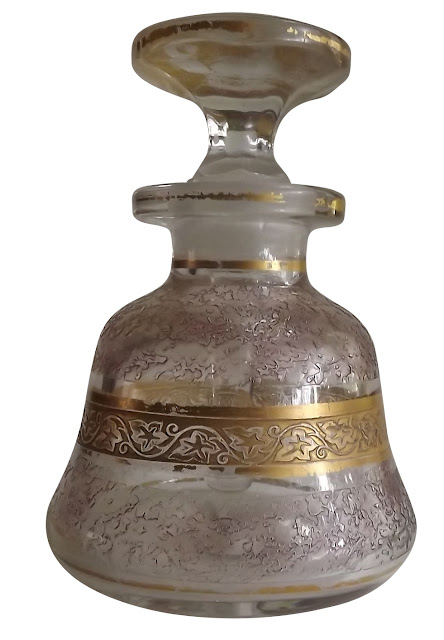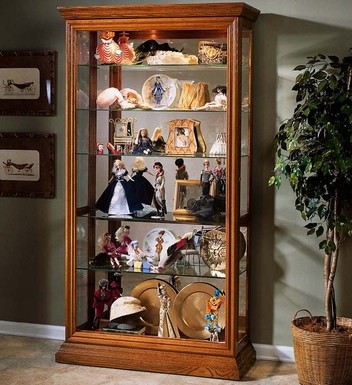Ask the Perfumer - Sunday, March 25, 2012
There won't be an Ask the Perfumer forum today due to a family medical emergency.
Anya McCoy founded the USA's first modern natural perfume line in 1991. Since then, she has nurtured and educated natural perfumers worldwide with a comprehensive distance learning course. Anya is the Head Instructor at the Natural Perfumery Institute, the first online NP course, founded in 2007. She is a recognized leader in the art and the 'go-to' person for anyone interested in natural perfume.







